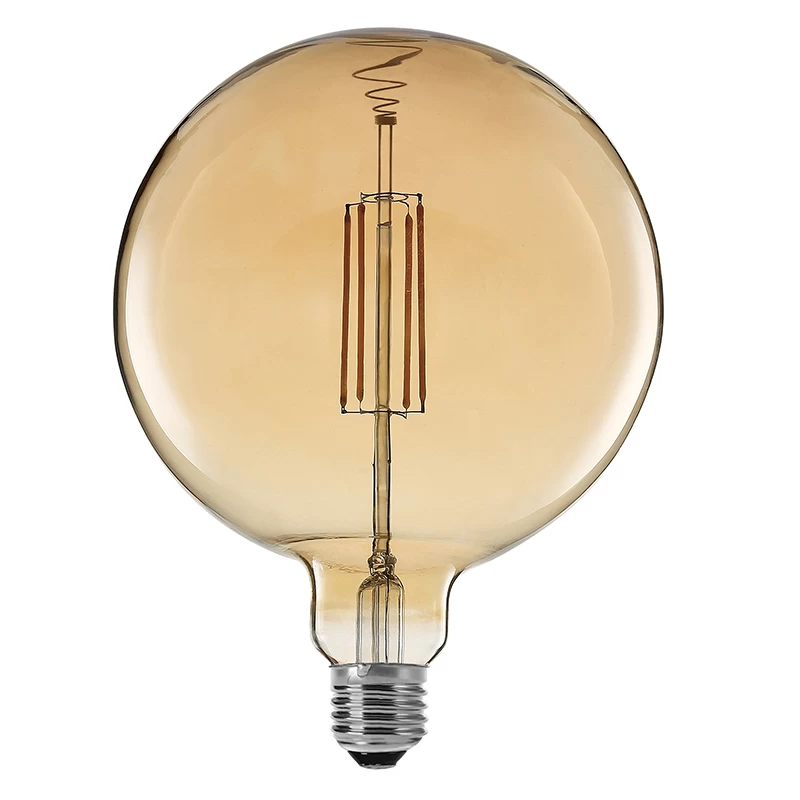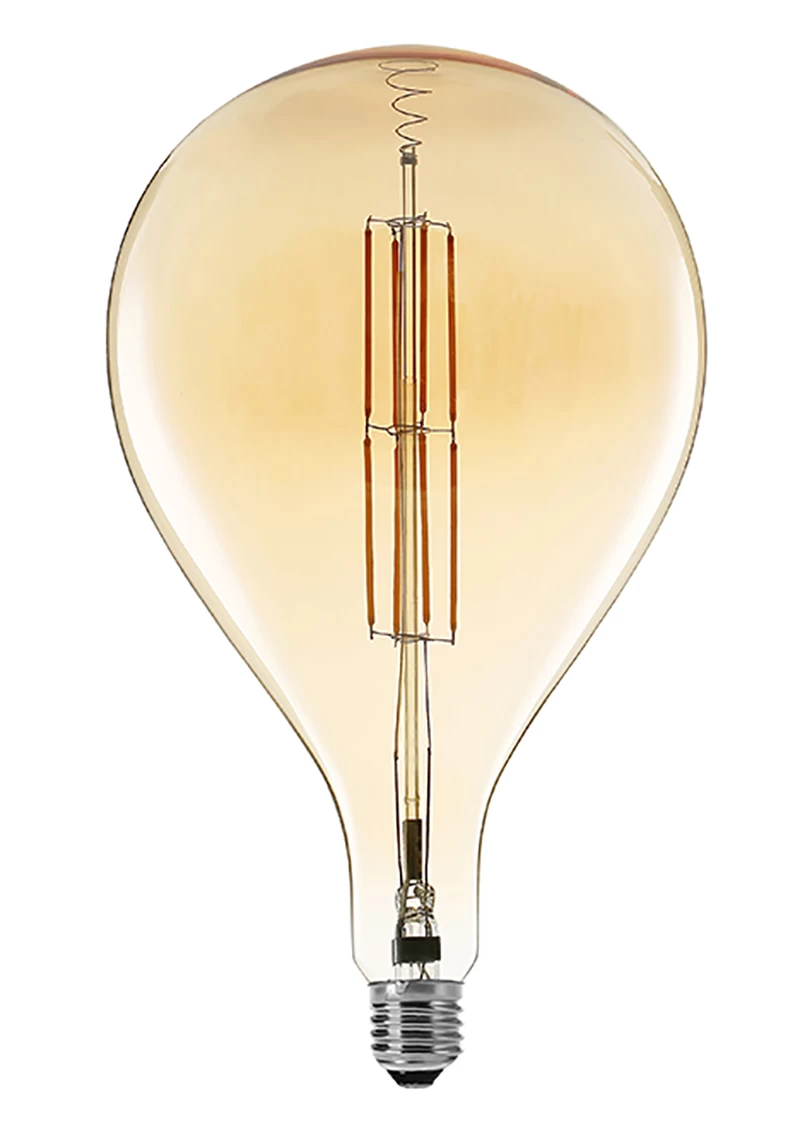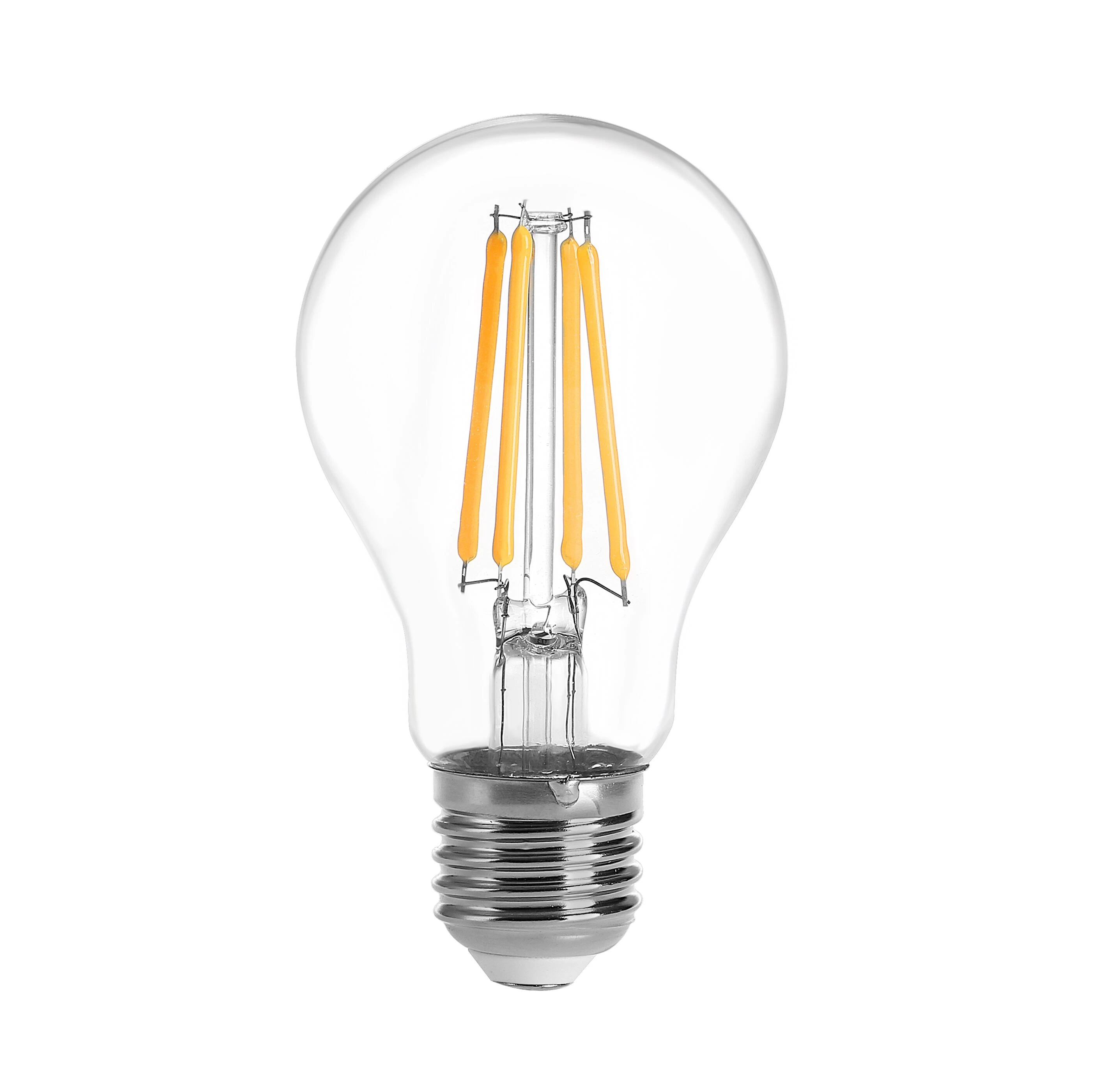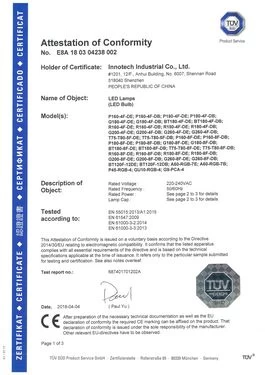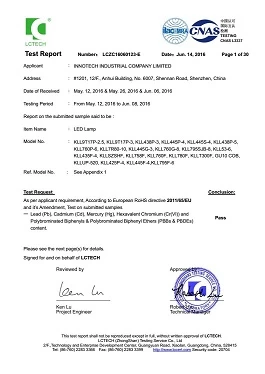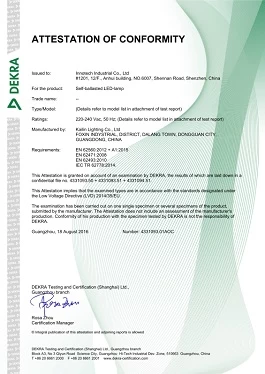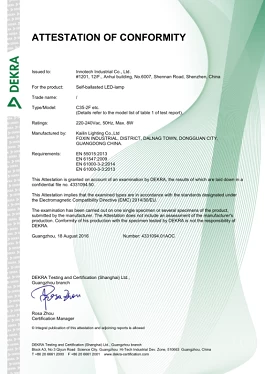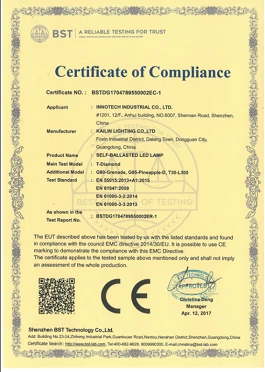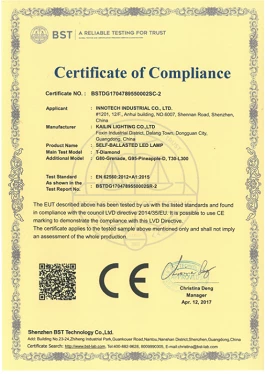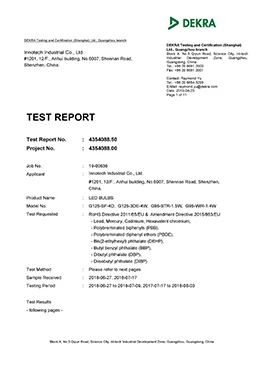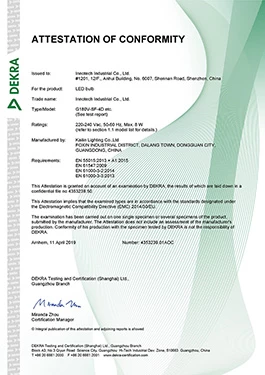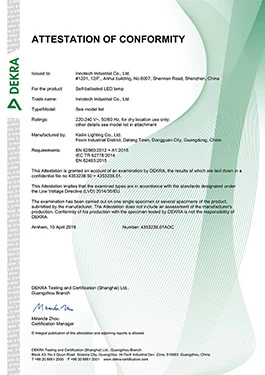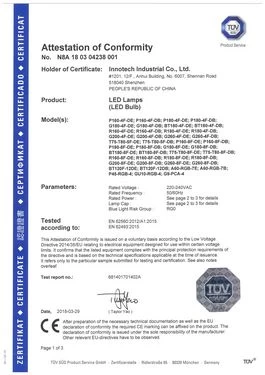Here are a few things to consider when choosing LED light bulbs...
Efficiency, Colour Temperature, Colour Rendering, Heat Output, lifetime, etc.
LED lights is how to protect the environment(part 1)
INNOTECH
Innolite
2017-12-27 16:44:23
Have you ever wondered what kind of light bulb (LED, CFL or incandescent lamp) is best for the environment?
In a three-part study initiated by the Department of the Environment, there is no doubt that LEDs(soft white LED bulbs energy saving) are significantly better off than other lighting options, such as CFLs, especially incandescent bulbs.
The study considered a variety of factors and assessed the extent to which each light bulb affects the air, water, soil, and resources of our planet.
This is not surprising. Smart bulbs consume less energy, have a longer life, and use materials that are safer than any other light bulb.
Low energy consumption of smart lighting
Smart bulbs dominate when it comes to energy consumption.
Traditional incandescent bulbs consume a large amount of energy, and most of the energy lost in fact is heat: up to 90%, which means that only 10% of the energy actually shines.
The CFLs have a significantly lower heat loss coefficient, which is one of the reasons why they can produce the same amount of light with 75% less energy than traditional incandescent bulbs. Unlike incandescent lamps, which use electrically heated filaments, they pass electricity through a chamber to excite internal mercury molecules to generate light.
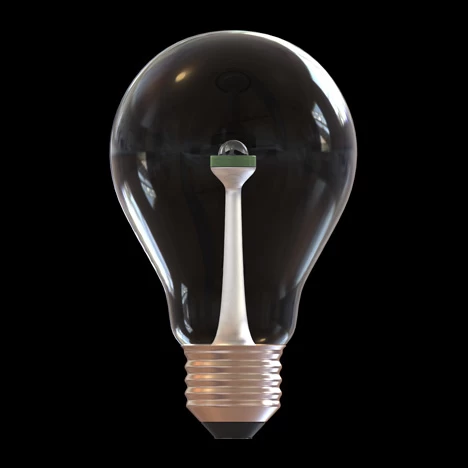
Although compact fluorescent lamps (CFLs) are very energy efficient, LEDs(china LED Filament light Bulbs manufacturer) for smart bulbs actually consume up to 80% more energy than incandescent lamps. This is due in part to the fact that LEDs have a solid structure, which means virtually no moving parts. The current is emitted only through one semiconductor, forcing the electrons to jump from one place to another, a process that leads to light.
These savings not only help to reduce monthly electricity bills, but also help to reduce global energy production and reduce carbon emissions. For example, in 2012 alone, U.S. consumers saved more than $ 675 million by converting LEDs(filament LED bulbs energy saving) and fully converted to LEDs by 2032, saving the United States over $ 250 billion in energy costs.
In a three-part study initiated by the Department of the Environment, there is no doubt that LEDs(soft white LED bulbs energy saving) are significantly better off than other lighting options, such as CFLs, especially incandescent bulbs.
The study considered a variety of factors and assessed the extent to which each light bulb affects the air, water, soil, and resources of our planet.
This is not surprising. Smart bulbs consume less energy, have a longer life, and use materials that are safer than any other light bulb.
Low energy consumption of smart lighting
Smart bulbs dominate when it comes to energy consumption.
Traditional incandescent bulbs consume a large amount of energy, and most of the energy lost in fact is heat: up to 90%, which means that only 10% of the energy actually shines.
The CFLs have a significantly lower heat loss coefficient, which is one of the reasons why they can produce the same amount of light with 75% less energy than traditional incandescent bulbs. Unlike incandescent lamps, which use electrically heated filaments, they pass electricity through a chamber to excite internal mercury molecules to generate light.

Although compact fluorescent lamps (CFLs) are very energy efficient, LEDs(china LED Filament light Bulbs manufacturer) for smart bulbs actually consume up to 80% more energy than incandescent lamps. This is due in part to the fact that LEDs have a solid structure, which means virtually no moving parts. The current is emitted only through one semiconductor, forcing the electrons to jump from one place to another, a process that leads to light.
These savings not only help to reduce monthly electricity bills, but also help to reduce global energy production and reduce carbon emissions. For example, in 2012 alone, U.S. consumers saved more than $ 675 million by converting LEDs(filament LED bulbs energy saving) and fully converted to LEDs by 2032, saving the United States over $ 250 billion in energy costs.

 +
+




